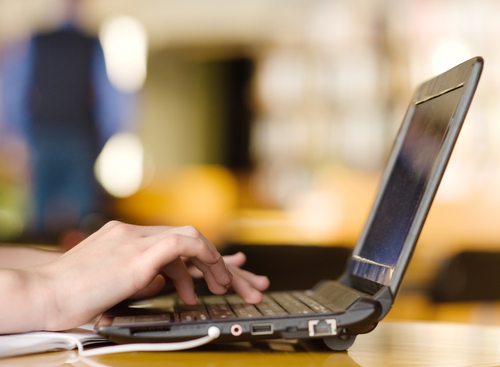 Have you seen the latest in the laptop revolution?
Have you seen the latest in the laptop revolution?
Laptops were falling prey to tablets, which could handle a lot of basic business functions. At the same time, potential users like gamers and graphic artists complained they lacked the processing speed and available space to serve them. But that’s changing fast, as laptops reassert themselves in the computing world.
No More Weakling Laptops
Laptops were originally built for conducting straightforward business (not that there’s anything wrong with that). They freed writers, accountants, and managers from the desktop world. Manufacturers were happy offering incremental improvements.
Then Lenovo bought IBM’s PC business in 2005. That changed everything.
Lenovo’s purchase handed over the next great product in portable computing: the IBM ThinkPad, quickly rebranded with the Lenovo name. Ten years later, ThinkPads and the consumer-oriented IdeaPads (now the Y700 series) are still among Lenovo’s — and the industry’s — best offerings, says PC Magazine.
Today, there are laptops that can do pretty much everything a desktop can. There are laptops made specifically for gaming, as well as accessories, with processor speeds up to 2.9 GHz (2.4GHz is considered standard).
Tablets Tried (and Failed) to Replace Laptops
At one time, it looked like tablets were about to make laptops obsolete. But as users demanded more computing power, it became obvious that the extra weight this required would make tablets just as heavy as laptops. Even casual users noticed the lack of RAM in tablets, PC World observed.
- Laptops start with 4-8 GB of RAM, compared to 1 GB or less in tablets.
- It’s five times more expensive to add 64 GB to a tablet than to add 1 TB of storage to a laptop.
- Laptops have HDMI ports, while only a few tablets have this, making connectivity with other devices impossible.
The solution: make a hybrid laptop that can double as a tablet.
Making a Laptop Act Like a Tablet
Lenovo was the first to take a stab at bridging the gap to create a tool versatile enough to take on the multiple roles of tablet and laptop. Its Yoga series is successful enough that at least three competitors are also making hinged laptops (also called convertibles) that can stand up like a tent or lie flat like a tablet.
Some manufacturers are also making convertibles that allow the keyboards to detach. This reduces the weight when it goes into “tablet mode,” but there are reports that detaching and re-attaching can wear the parts.
Perhaps the most appealing factor convertibles offer is the touch-screen capability. This is particularly useful for users who use their tablets for marketing as well as business functions. Think about people who sell products at farmers markets and festivals. How cool is it to flip out a laptop into a display, make a sale, and switch it back to laptop mode to record that sale?
The Stylus Accessory: Back to the Future!
It’s worth recalling that the original ThinkPad was a “pen computer slate,” according to Pen Computing Magazine. Pens, renamed styluses, resurged in the late 1990s as Personal Digital Assistants (PDAs) became popular and later with portable gaming devices like the Nintendo DS.
Styluses are making a comeback in the convertible market. Some include them with the package, while others offer them as an accessory. Be aware that not all styluses are created equal, so don’t rely on that old Pokemon stylus set.

